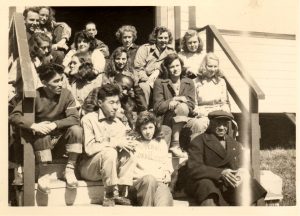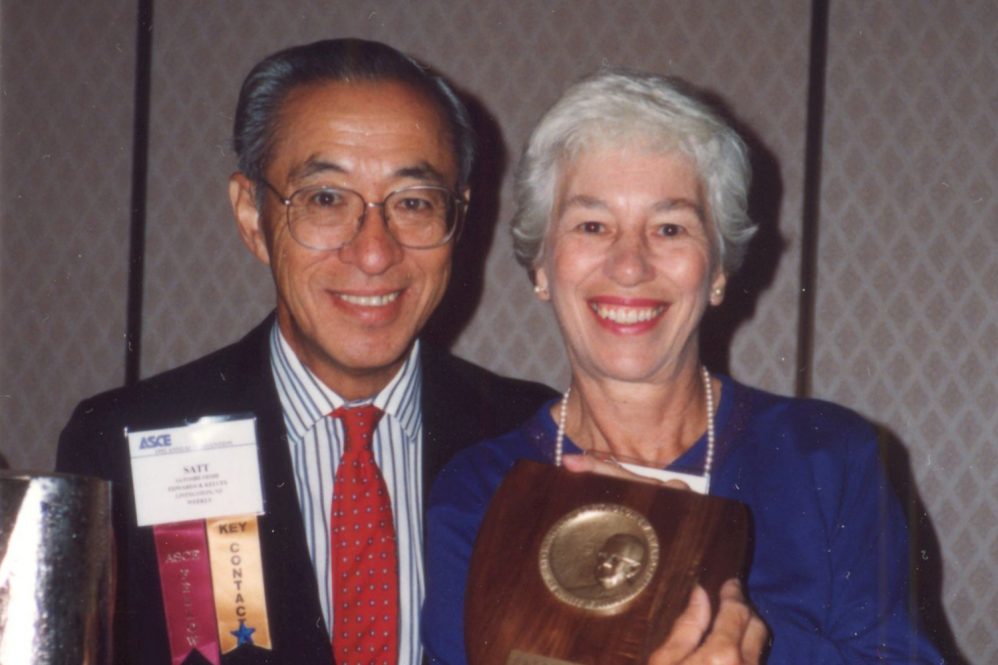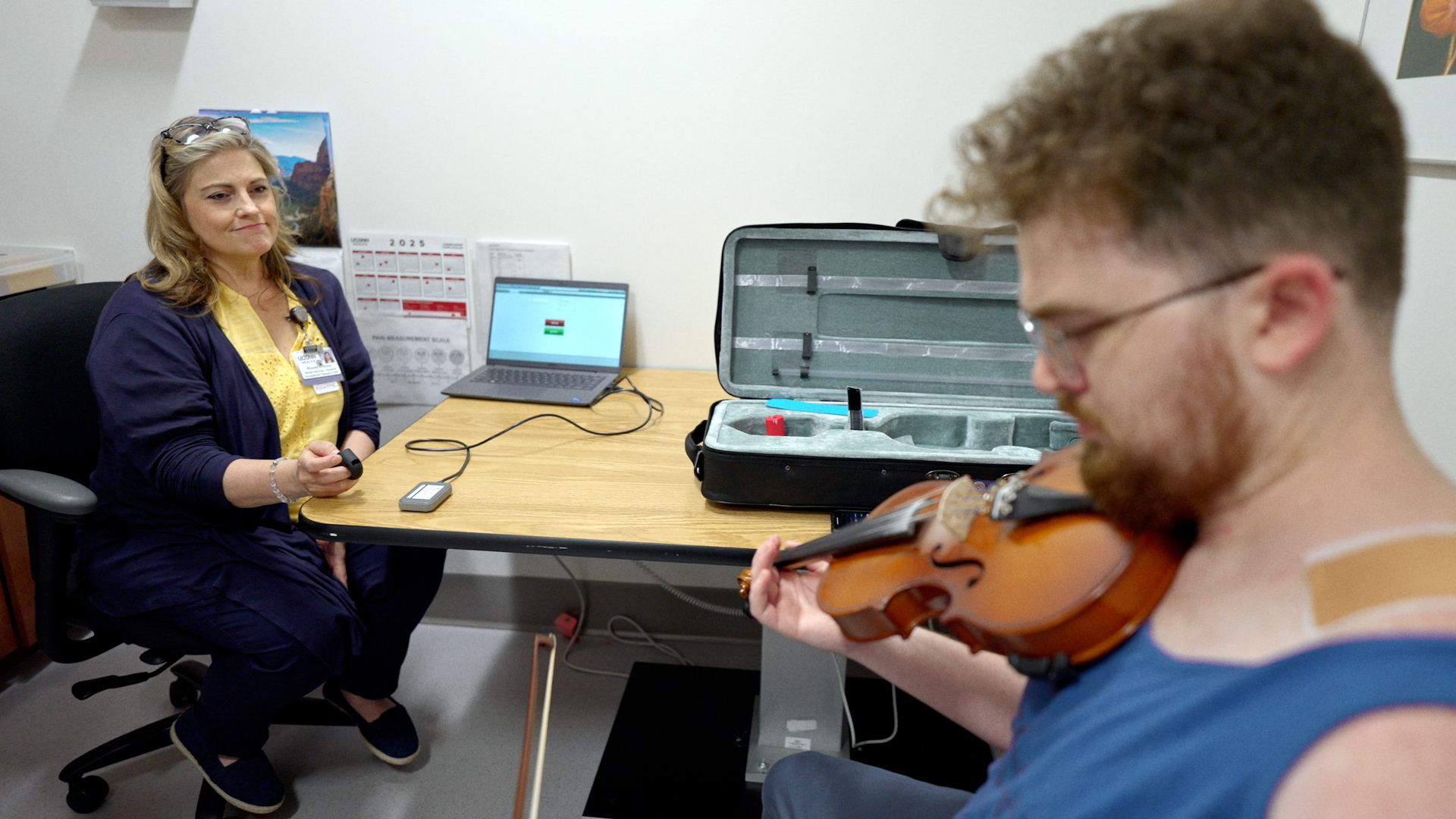Satoshi Oishi ’49 (ENG) never forgot the support and sense of belonging he felt at UConn.
A Japanese immigrant, he had endured two years in an internment camp in Arkansas as a teenager during World War II. Then, when it came time to apply for college, many American colleges and universities at the time would not admit students of Japanese ancestry.

But UConn welcomed him along with more than a dozen other students who had been held in the internment camps. Buoyed by the university’s support, Oishi thrived at UConn where he majored in engineering; met his future wife, Jeanette (Allard) Oishi ’48 (ED); and went on to become president of an engineering company.
Even after they graduated, “Satt,” as he was known, and Jeanette would return to campus to visit professors and attend events hosted by the Asian American Cultural Center.
In appreciation, the Oishis, who passed away several years ago, left two gifts to the university: an engineering scholarship and an endowed fund for the Asian American Cultural Center. Their thoughtful gifts are already having an impact, giving students a similar sense of belonging and support at UConn.
“It was a complete surprise when I received the Satoshi and Jeanette Oishi Scholarship Award and I was overjoyed to receive the extra assistance in paying for my education,” says engineering student Ava Spies. “However, the greater impact is the reassurance I feel knowing that someone out there wants me to keep going with engineering and to succeed. This gave me a connection to refer back to in times when I’ve felt the frustration or imposter-syndrome that many engineering students combat daily.”
Angela Rola, director of the Asian American Cultural Center, said she too was overwhelmed by the Oishis’ generosity. She says their endowed fund provides scholarships for undergraduate students, brings in guest speakers, and pays for a mentoring program that helps students participating in programs at the center adjust to college.
“There’s that continuing connection to Satt, who felt that his history and his culture during a time of global unrest, mattered. He felt he belonged here,” says Rola, who knew the Oishis.
Born in Japan, Satt immigrated with his parents to California in 1932 when he was 5 years old. When he was a teenager, he was held for two years in an internment camp in Little Rock, Arkansas. He was among about 120,000 people of Japanese ancestry, primarily from the West Coast, who were incarcerated without a trial in these internment camps following the attack on Pearl Harbor.
Eventually, Satt relocated to Connecticut where he and his father were offered jobs in a restaurant kitchen in Waterbury, Connecticut. Satt, who was valedictorian at the detention center’s high school, wanted to apply to college, but at the time, relatively few colleges admitted Japanese American students. However, a Quaker organization called The American Friends Service Committee stepped up to help him and similar students find and apply to colleges.
Satt excelled at UConn and helped establish a chapter of Chi Epsilon, the civil engineering honor society. After graduation, he joined Edwards & Kelcey, a civil engineering firm in Newark, New Jersey, where he climbed the ranks to become president and CEO.
His wife, Jeanette, was raised in Prospect, Connecticut and was the first in her family to go to college. Jeanette, who had a great sense of humor, majored in home economics. After graduating, she became a home economics teacher in upstate New York and, later, a guidance counselor in Massachusetts.
Their only child, Michelle Oishi, says both of her parents were very interested in providing opportunities for people from groups traditionally excluded from higher education, which is reflected in the way they targeted their endowed gifts.
“My father’s incredible positivity lay in his belief that society has no idea where the next great idea is coming from, so everyone should have an opportunity to contribute,” Michelle says. “Supporting people from underrepresented groups as well as providing funding for the study of engineering arose from this shared belief.”



